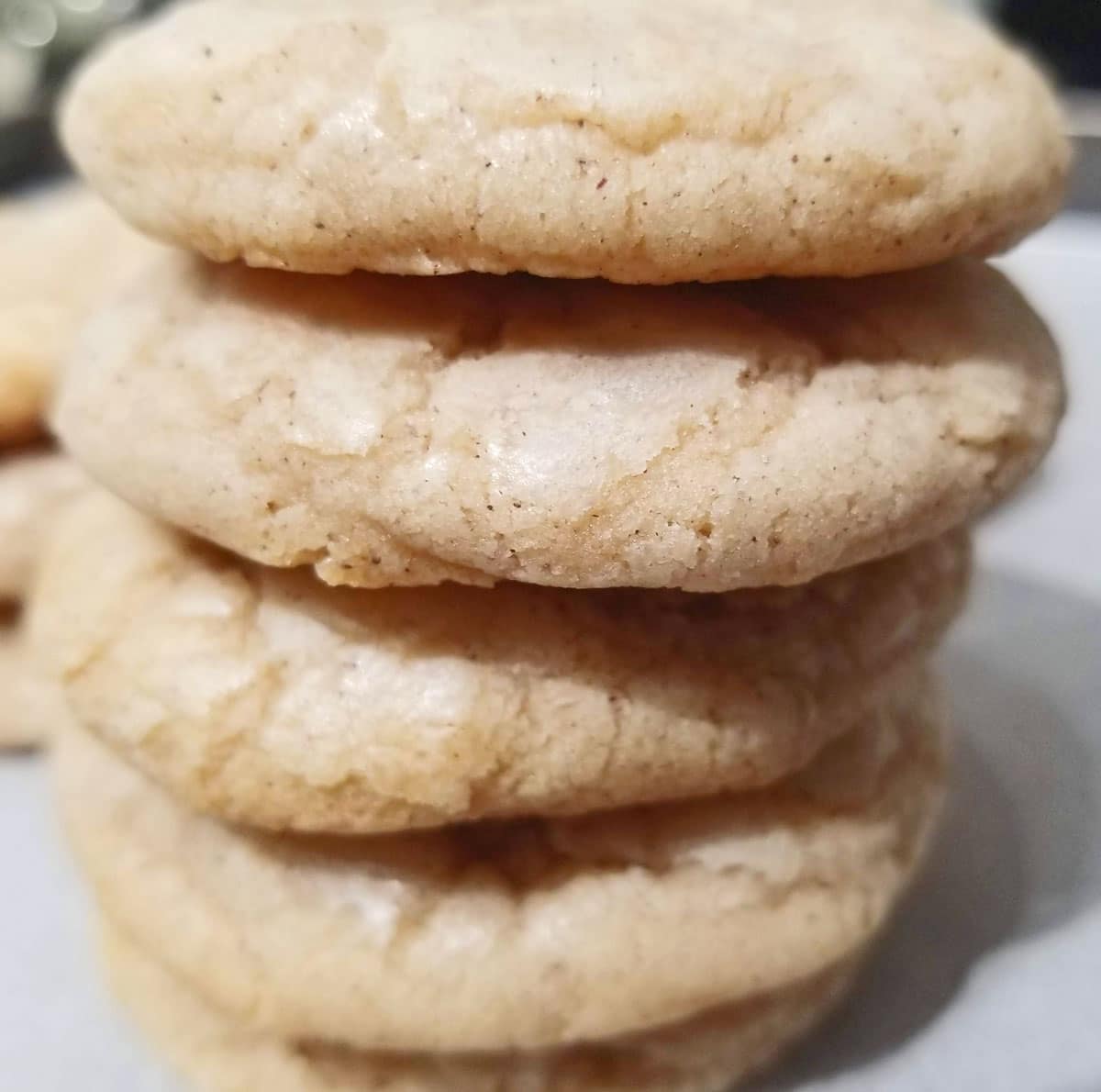
It does not require interaction with an acid for the chemical reaction to occur. This leads to the rising of the batter.īaking soda can also produce air bubbles secondary to heat-induced decomposition. With heat, the bubbles expand or inflate. These carbon dioxide bubbles get trapped in the bread or cake batter.

The chemical reaction leads to the formation of air bubbles that contain carbon dioxide. Examples of these acids include those found in yogurt, vinegar, buttermilk, cream of tartar, and lemon juice. Sodium bicarbonate interacts with the acids in the recipe. It also helps the baking powder in raising the batter during the cooking process. The main function of baking soda is to neutralize the acids in a particular recipe. How Baking Soda Worksīoth baking soda and baking powder act as leavening agents when used in baking. As such, one can think of baking soda as a necessary ingredient in the making of baking powder. This can help absorb moisture in the dry ingredients before the addition of any liquid ingredient. Baking powder can also contain cornstarch. In most types of baking powder, sodium aluminum sulfate is already combined with sodium bicarbonate. The main difference in baking soda vs baking powder is that the latter already includes an acid.

This makes it a lot easier to use, whether in cooking or cleaning. However, manufacturers process sodium bicarbonate crystals into a fine powdery form. It is a weak alkaline that can interact with and neutralize weak acids. So, what is this compound and how does it work? Baking Soda as a Chemical Compoundīaking soda is known in the scientific community as sodium bicarbonate. There are also people who do not know that baking soda is also a good cleaning agent. However, there are some people who confuse baking soda for baking powder. Everyone knows the importance of this ingredient in making cakes, breads, and other food items. Baking soda is one of the most common ingredients in the kitchen.


 0 kommentar(er)
0 kommentar(er)
